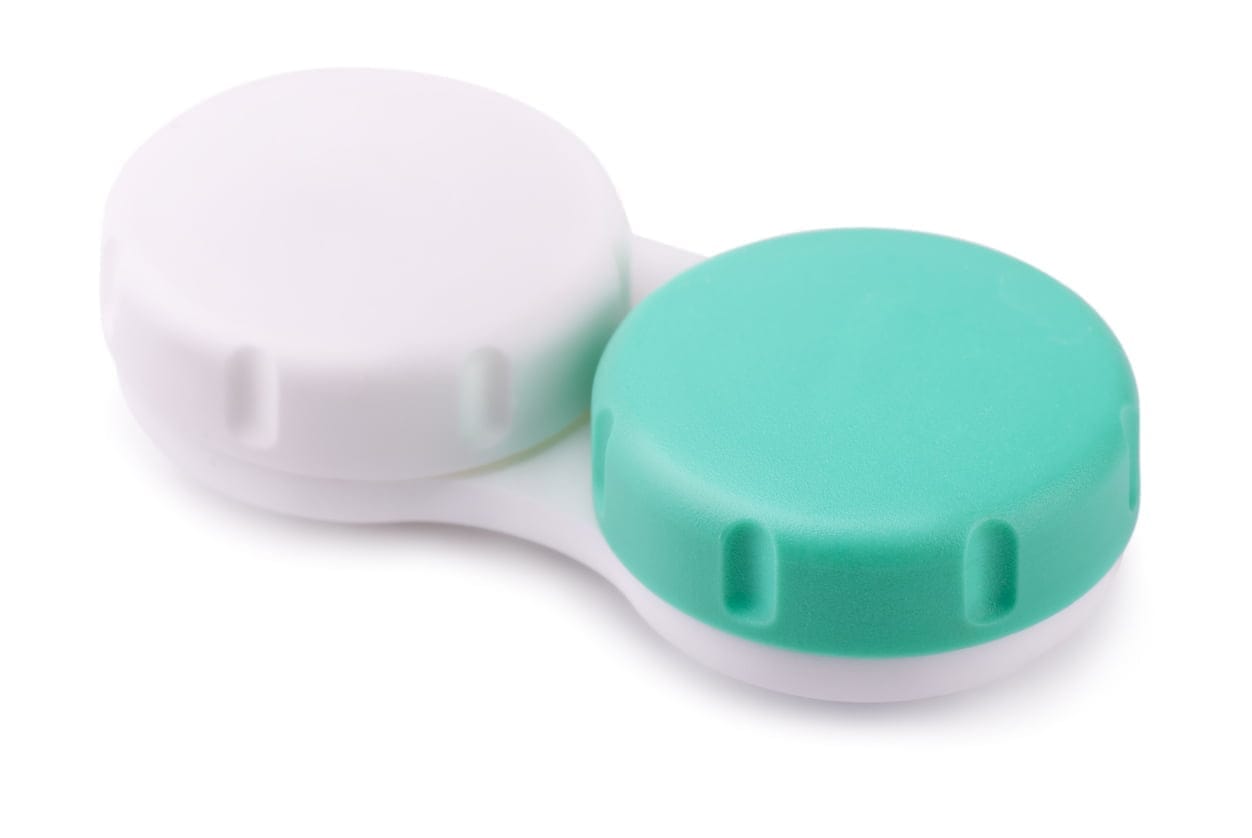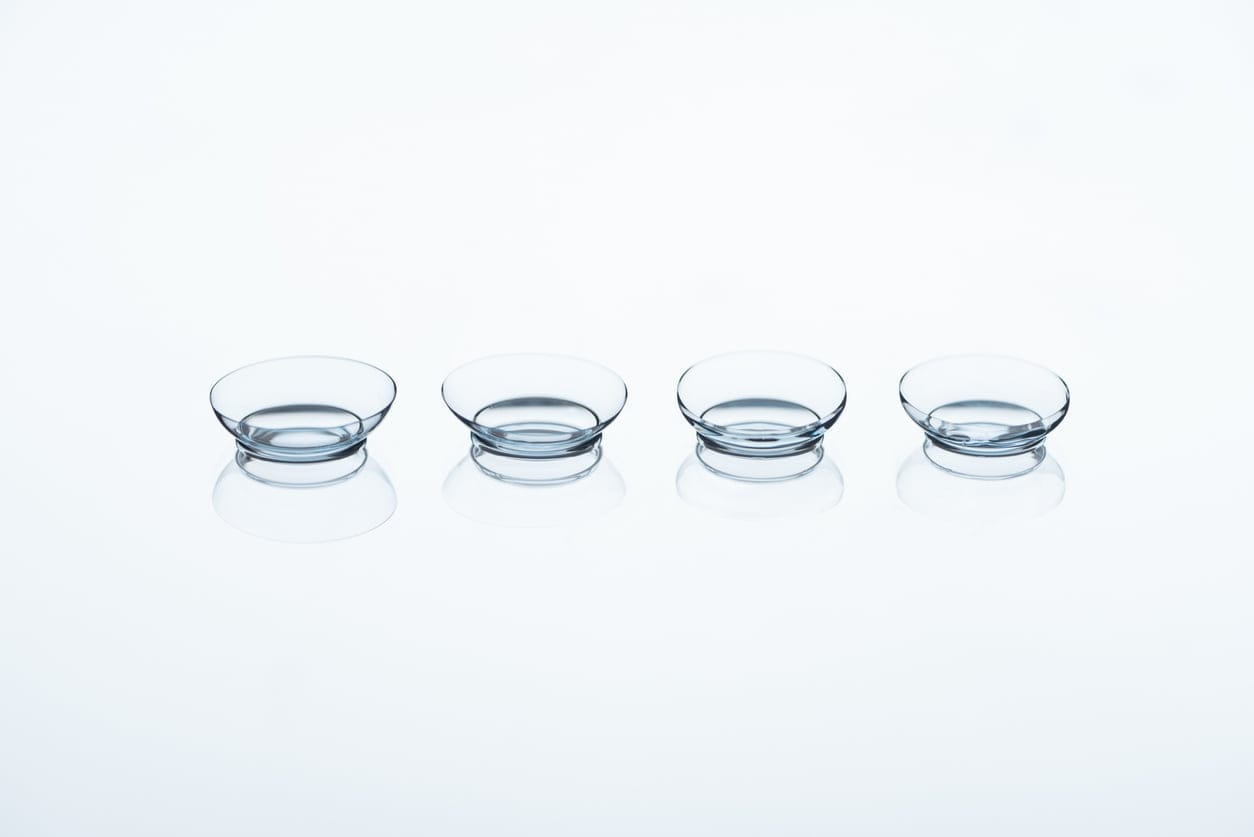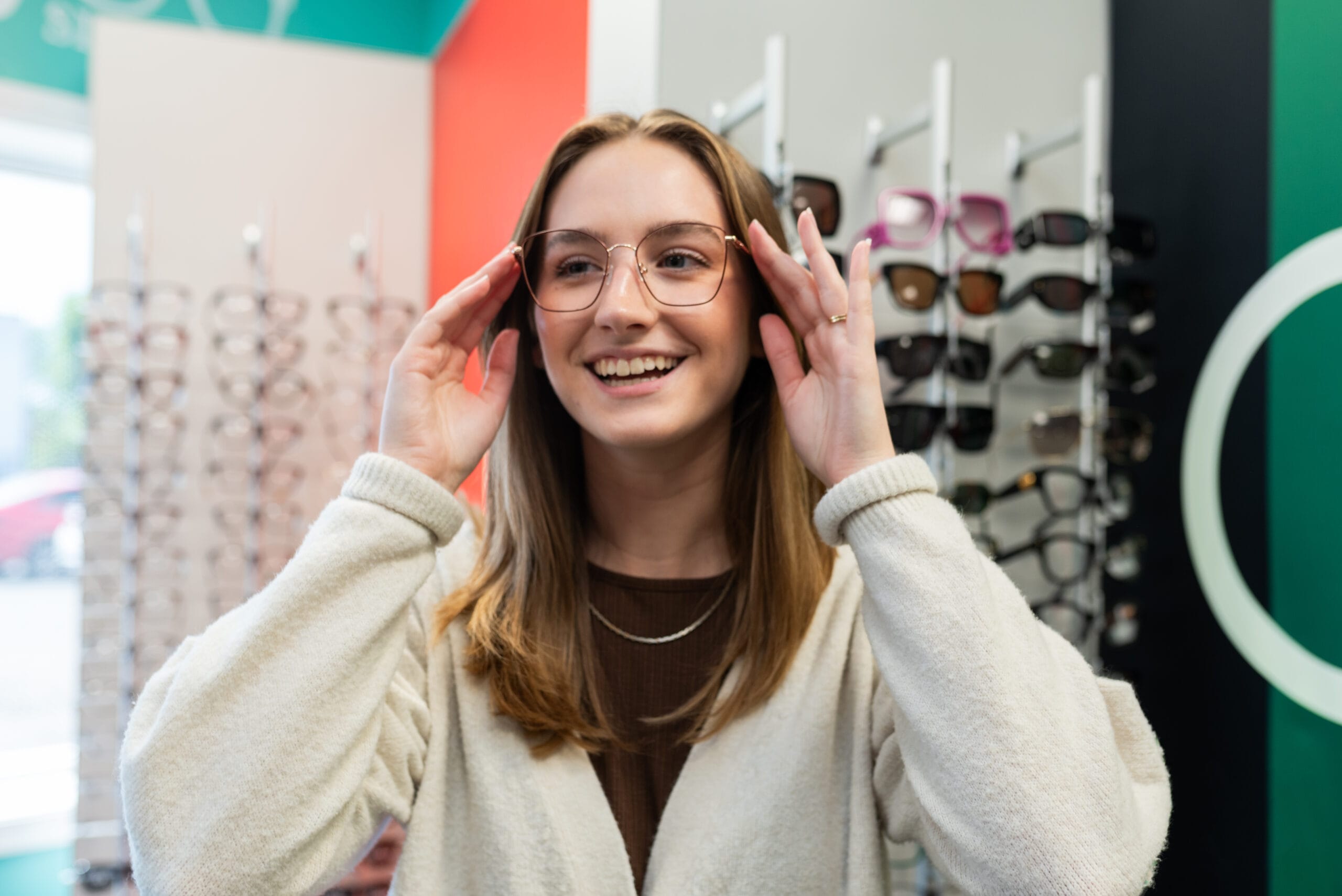If you’re considering wearing contacts, the lens options you should choose can be overwhelming. Talking to your doctor and optician can help you decide which lenses are best for you and your lifestyle. Here’s a basic breakdown of the types of contact lenses and what makes them different. Contact lenses can offer a wider range of vision clarity and freedom from wearing glasses. If you’ve tried contacts in the past and stopped because of discomfort, talk to your doctor about the best lens for your eyes.
Types of Contact Lenses

Soft Contact Lenses
Soft lenses are made of soft, flexible plastics that allow oxygen to pass through to the cornea. These might be easier to adjust and are more comfortable than Rigid Gas Permeable contact lenses (RGPs). Newer soft lens materials include silicone-hydrogels, which provide more oxygen to your eye while wearing them. Silicone-hydrogel contact lenses are now one of the most popular lenses prescribed in the United States. The majority of these lenses are disposable contact lenses and can be worn between 1 and 30 days. Want to wear specialty lenses such as colored contacts? You still need a contact lens fitting and a prescription from an eye doctor.
How long can you wear daily contacts?
Many people prefer daily contacts for added convenience and comfort. Daily disposable contact lenses are designed to be removed and discarded at the end of each day which significantly reduces the risk of infection.
Rigid Gas Permeable Contact Lenses
RGP contact lenses are more durable and resistant to deposit buildup and generally provide clearer, crisper vision. They tend to be less expensive over the life of the lenses because they last longer than soft lenses and are less likely to tear. However, they are not as comfortable initially and it may take a few weeks to get used to wearing them.

Why should you consider contacts?
- Contact lenses move with your eye, allow a natural field of view, have no frames to obstruct your vision, and greatly reduce distortions.
- They do not fog up like glasses, nor do they get splattered with mud or rain.
- Improved comfort and cosmetics for patients that do not like wearing glasses.
What should you consider before getting contact lenses?
- When compared with glasses, they require a longer initial exam, more follow-up visits, and more time for lens care.
- It is essential to clean and store them properly, adhere to lens wearing schedules, and make the correct follow-up appointments.
- Failure to change your contact lenses on the correct date could result in a number of issues including infection, corneal ulcers, and even loss of vision that could prevent you from wearing contacts in the future.

Corrective properties for different types of contact lenses
- Spherical Contact Lenses bend light evenly in every direction (vertically and horizontally) and are typically used to correct myopia and hyperopia.
- Toric Contact Lenses have different vertical and horizontal focusing powers, allowing for correction of astigmatism. Additionally, because these lenses must be placed in the eye at the correct orientation, they offer additional designs to prevent the lens from rotating out of the ideal alignment.
- Multi-focal Contact Lenses are designed to correct presbyopia (a need for a reading prescription that is different from the prescription needed for distance). These have multiple focal points. They are designed for viewing through the center of the lens, but some designs incorporate a shift in lens position to view through the reading power. There is often a compromise in distance and/or near vision, however, these are ideal for contact lens patients who would like to be less dependent on reading glasses.
- Mono-vision Contact Lenses are also used to correct presbyopia. One eye is corrected for distance and the other eye is corrected for near. This offers a good alternative to reading glasses for many patients, however, depth perception may be compromised.
Contact lens technology is always changing and improving. We have different types of contact lenses for every type of correction, eye sensitivity, lifestyle, and more. Contact us at drtavel.com to learn more!


